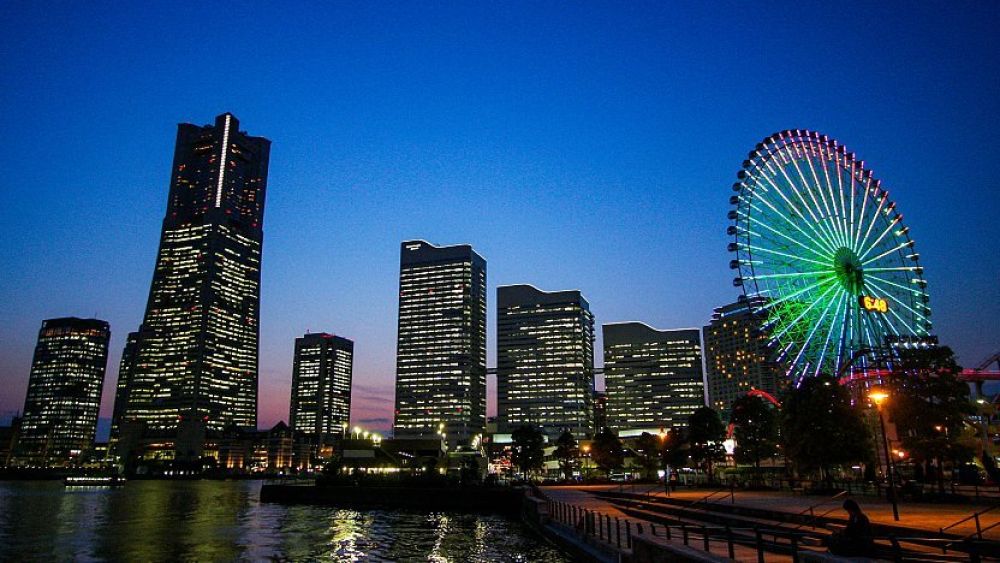

Situated in the heart of Yokohama, Minato Mirai 21 is a seaside urban area that has evolved into a thriving tourism destination. Its name, which translates to "harbor of the future," accurately reflects the forward-thinking development and modern appeal that characterize the district. Since the area's inception, it has become a symbol of Yokohama's renaissance and a testament to Japan's innovation in urban design.
The seeds of Minato Mirai 21 were planted with the closing of the historic shipyards that once occupied the area. In 1983, the city of Yokohama initiated the Minato Mirai 21 project to transform the obsolete shipyards into a new city center focused on business, shopping, culture, and recreation. Officially opened to the public in 1989, the area was designed to compliment Yokohama's status as a port city while providing a model for urban development. The iconic Landmark Tower, which was completed in 1993 and held the record as Japan's tallest building until 2014, became the district's centerpiece.
Tourism in Minato Mirai 21 has rapidly expanded over the last few decades due to strategic development and an increase in attractions. Notable landmarks include the Yokohama Cosmo World amusement park, with its iconic Ferris wheel, the Yokohama Museum of Art, and the Queen's Square Yokohama shopping mall. Visitors are also drawn to the area's seasonal events such as fireworks festivals and the renowned light illumination event, Yokohama Milight.
Recent trends in Minato Mirai 21 tourism highlight an emphasis on sustainable and experiential travel. There is a growing interest in cultural experiences, such as visiting the Cup Noodles Museum, where visitors can create their own custom instant noodles, and the Orbi Yokohama wildlife and nature museum. Additionally, attractions like the Yokohama Red Brick Warehouse offer a mix of historical architecture and modern retail and entertainment options, showcasing the successful blend of conservation and development.
Minato Mirai 21 continues to play a pivotal role in shaping the future of tourism in Yokohama. The area is expected to see continued growth and revitalization, with plans to enhance accessibility and introduce new venues and hotels, further securing its reputation as a top destination for both domestic and international travelers. The integration of smart city technology and a commitment to a low-carbon future is ensuring that Minato Mirai 21 remains at the forefront of urban tourism trends.